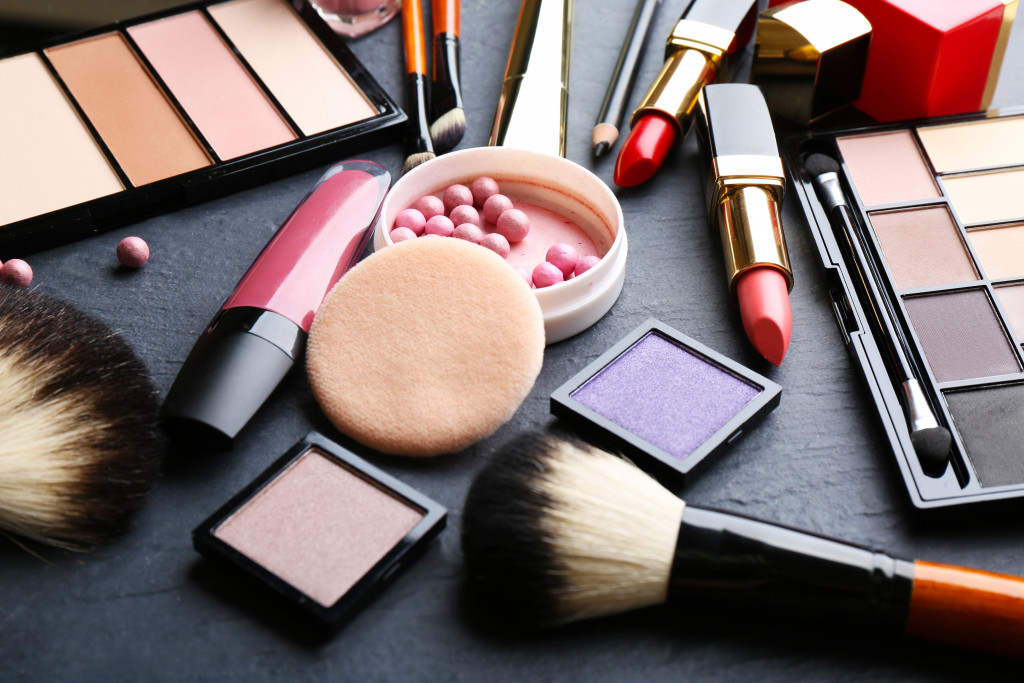The makeup or cosmetic industry is one of the biggest in the world, with the business becoming a $532 billion industry in 2019. Even the pandemic did not completely shut down or slow down the industry as brands found ways to pivot by doing the following:
- Focusing on the essentials, like skincare and hygiene
- Promoting more “natural” looks instead of the ultra-glamorous makeup styles popularized in the 2010s
- Being more sustainable and transparent in all their processes
Now that the world is opening up again thanks to the rollout of vaccines, we might see the makeup industry in full swing once again sooner rather than later. Brands did not really let the COVID-19 crisis stop them from developing and manufacturing products, and they will continue to inundate the market with more products now. If you’ve always been interested in how makeup is made, here are some interesting facts you might want to know.
Everything is accurately measured and mixed
There is an exact science and chemistry to cosmetics, which means that everything has to be perfectly measured and mixed. While every type of product goes through different kinds of processes, every single one goes through a manufacturing process that may look something like this:
- The brand owners will first tell their chemists and researchers about the kinds of products they want to launch, and the research and development side of the business will come up with a foolproof formula for the products.
- The manufacturer will then order the raw materials and have them disinfected and temperature-controlled. The raw materials will go through a rigorous quality control check to ensure that everything is approved by the United States Food and Drug Administration (FDA). They will also screen for contamination and inspect the materials’ scents, colors, and textures.
- Manufacturers often use a thorough weighing system, like a multipurpose industrial floor scale and other smaller scales to ensure that they have enough raw materials to start production.
- Once the materials have been properly measured, a bar code system will confirm that the materials are good to go, and the ingredients will then be mixed and distributed depending on their relevant manufacturing machines. They will go through a process that includes charging, filtering, dissolution, and cooling.
- Once the products have been properly labeled, they would be inspected by a team of highly skilled quality control professionals to ensure that everything is clean and uncontaminated. Shelf-life testing is also part of this process.
- After the products pass the quality control step, they will then be shipped off to warehouses, and from there, to stores or customers.
Manufacturers go to painstaking measures to ensure that every product that leaves their laboratory is of the highest quality—after all, it’s their name on the line, along with the brands that they work with.
Cosmetics were designed to be harmless

In the past few years, various scientists, activists, and concerned makeup lovers have spoken out about the chemicals and ingredients in these products that are potentially harmful to human beings, hence the rise of the clean beauty movement.
While there’s nothing wrong with being vigilant over what you put on your body (and in fact, all of us should be more informed as consumers!), the truth is that while there are some potentially dangerous ingredients and chemicals found in cosmetic products, their doses are too small to truly pose a risk to our health.
One example of this ingredient is parabens, which are widely-used preservatives in all types of personal care products, from cosmetics to hygiene products like shampoo, conditioner, facial cleanser, and others. Parabens come in various forms, and they are the most used ingredient to preserve products because they get the job done. They keep our products bacteria-free and mold-free for as long as possible, and they are cost-effective, too.
At the end of the day, it’s good for you to be an informed consumer and do your own research.
Technological advances made cosmetics what it is today
It goes without saying, but tech advances also helped the beauty industry find more modern methods to mix and ensure that products are safe for people to use. Thanks to modern machinery and advances in scientific research, we can be sure that the products we put on our bodies—as long as they come from reputable manufacturers—are safe for us to use and play with.
If you have a passion for makeup and are considering launching your own brand, don’t hesitate to explore it further! The internet is our great equalizer, and small, indie brands can make waves now, too.

